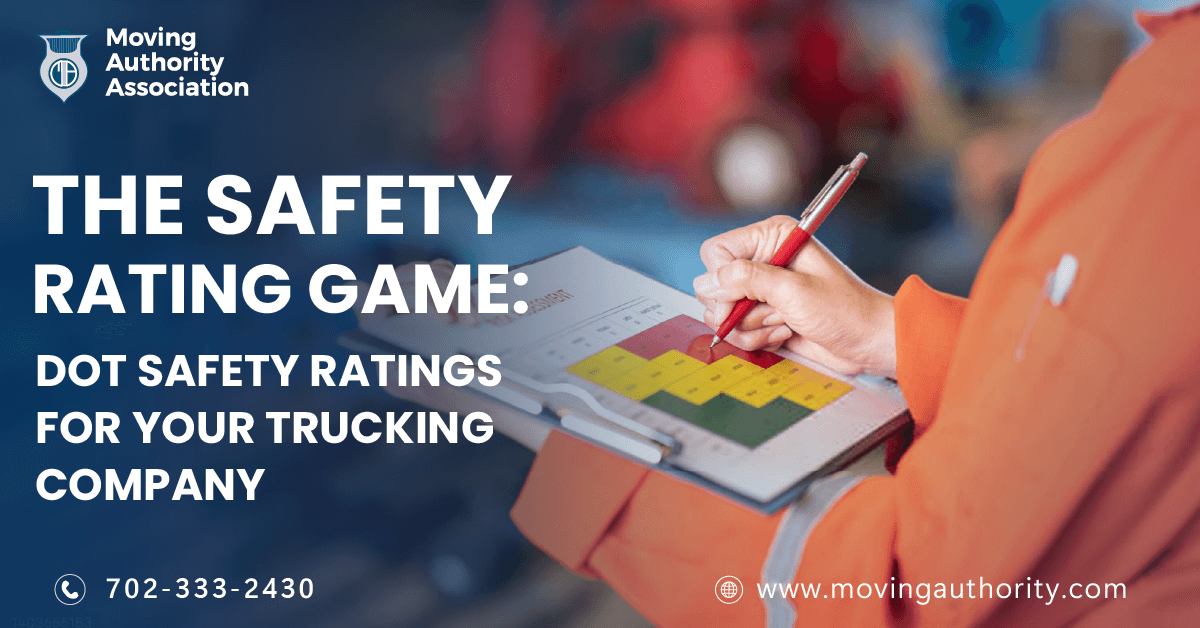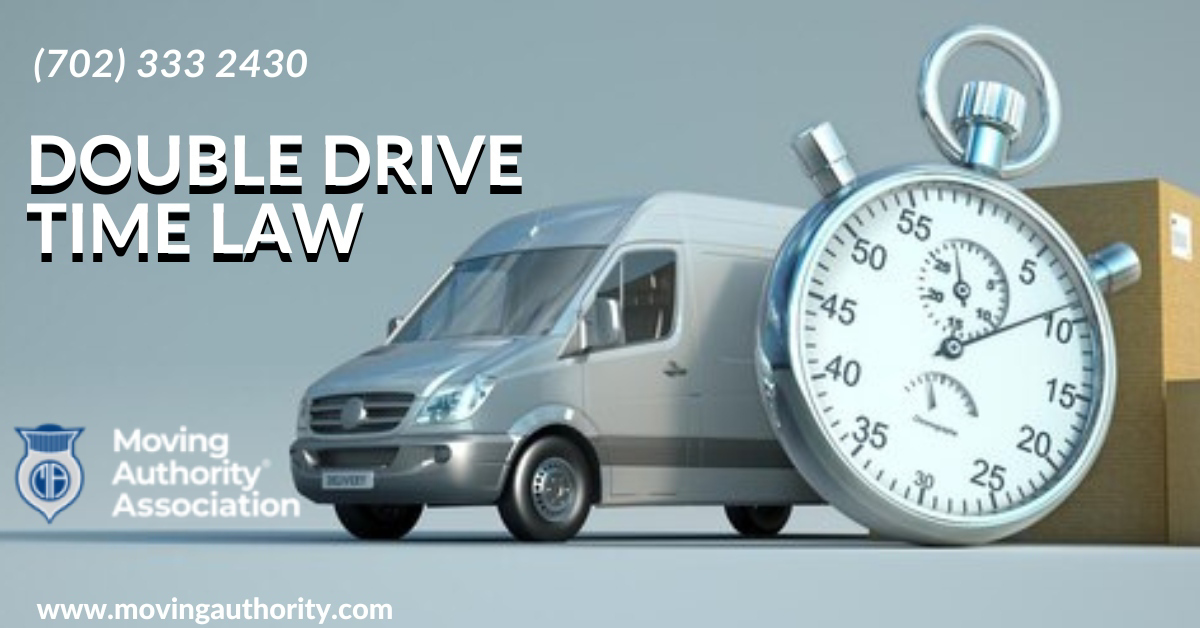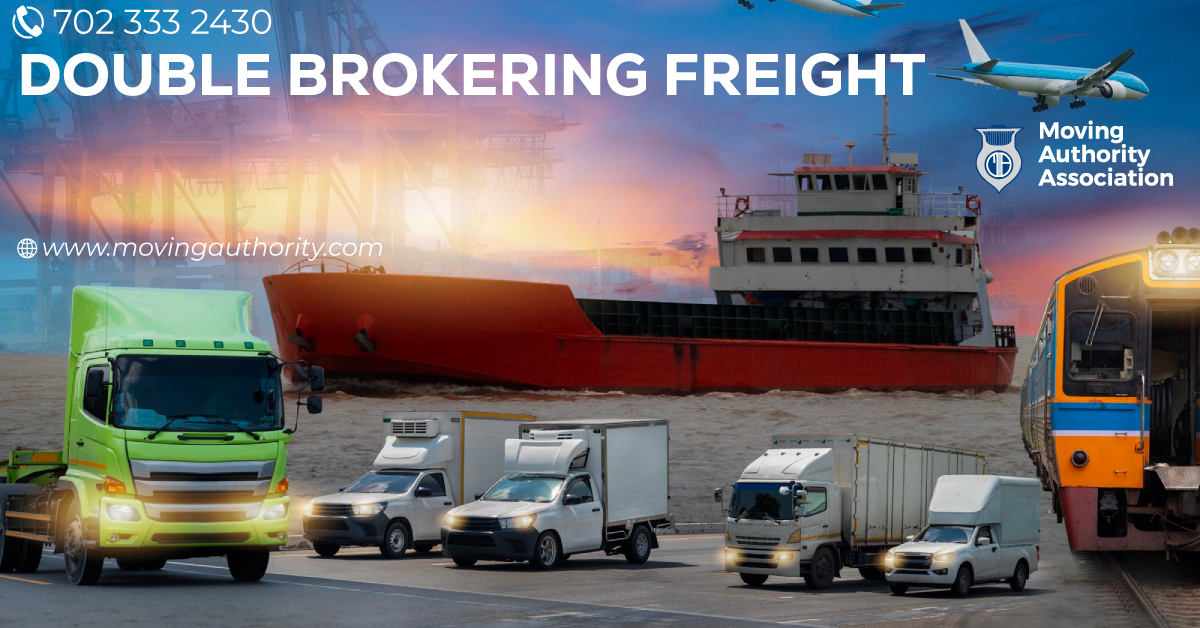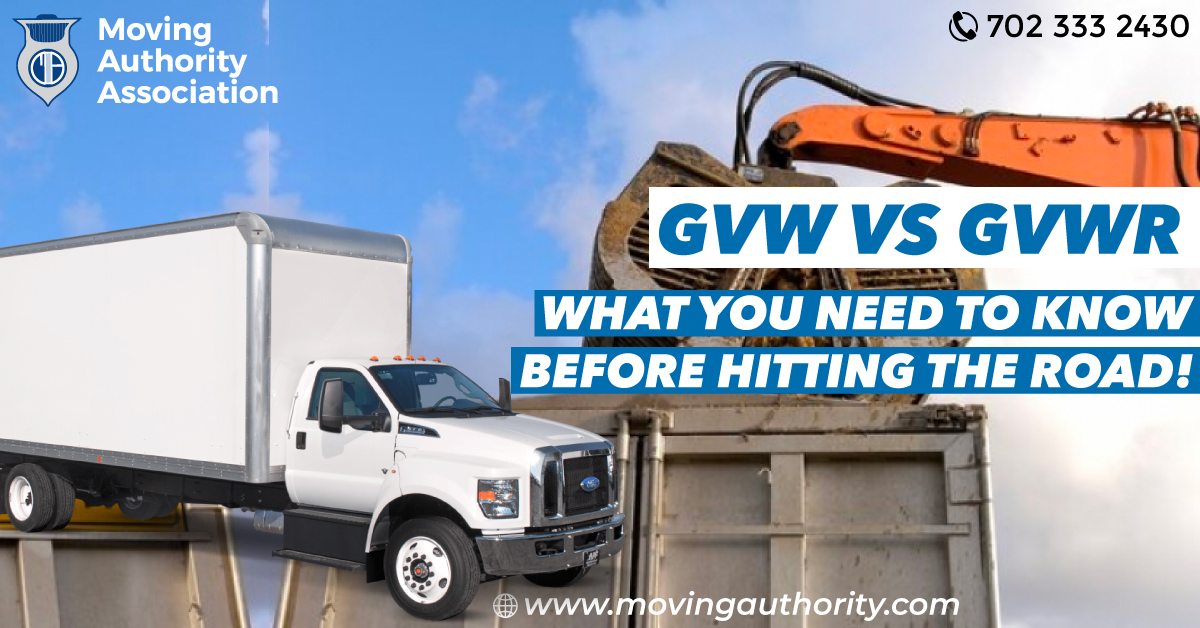
The Safety Rating Game DOT Safety Ratings For Your Trucking Company
The Safety Rating Game
Welcome to "The Safety Rating Game: DOT Safety Ratings For Your Trucking Company," - an article that will guide you through the intricacies of the Department of Transportation (DOT) Safety Rating System. Learn more about Starting a Trucking Company. Maintaining a satisfactory safety rating as a trucking company is crucial to staying in business and avoiding hefty penalties. However, understanding the rating system and what factors contribute to your rating can be a daunting task.
This blog post will provide an overview of the DOT Safety Rating System and explain how your rating is calculated. Do you Want to know the BOC-3 Filing? We'll also discuss the consequences of a poor rating and tips and strategies for improving and maintaining a satisfactory rating for your trucking company. Whether you're a new carrier or an established one, understanding the DOT Safety Rating System is essential to the success and longevity of your business.
Understanding DOT Safety Ratings
DOT safety ratings are a crucial aspect of the trucking industry, as they reflect the level of compliance and safety of a carrier. Learn more about Biennial Update. To understand DOT safety ratings, it is essential to know that they are based on a complex formula that considers several factors, such as the number of inspections, violations, and crashes. The ratings range from satisfactory to conditional and unsatisfactory, with sound being a carrier's highest rating.
Each safety rating category has specific requirements that carriers must meet to achieve and maintain the rating. For example, carriers with a satisfactory rating must have at least two years of operating history and no evidence of substantial non-compliance. Read more about the Broker Freight Package. On the other hand, carriers with an unsatisfactory rating have demonstrated significant non-compliance with federal safety regulations and may be subject to FMCSA interventions.
The FMCSA uses safety ratings to evaluate carriers and prioritize enforcement activities. Carriers with poor safety ratings may face more frequent inspections and may have their operating authority revoked. Do you want to know Broker Mover Package information? Therefore, carriers must understand and manage their safety ratings to maintain compliance and avoid negative consequences.
The Impact of DOT Safety Ratings
Safety ratings are essential for the trucking industry as they reflect the level of safety that carriers provide to their drivers, equipment, and the general public. Safety ratings are determined by the Federal Motor Carrier Safety Administration (FMCSA) through a complex calculation process that considers various factors, such as compliance with safety regulations, crash rates, and roadside inspections. Do you want to know the CA Number? These ratings can significantly impact a carrier's business opportunities, reputation, and insurance rates. Shippers, brokers, and insurers often view carriers with higher safety ratings more favorably.
The relationship between safety ratings and FMCSA interventions is also critical. Carriers with lower safety ratings may be subject to FMCSA interventions such as compliance reviews, investigations, and audits. Know what a Carrier Agreement. These interventions can be time-consuming and costly, potentially resulting in fines and penalties for carriers that fail to comply with safety regulations. In contrast, carriers with higher safety ratings are less likely to be targeted for FMCSA interventions, allowing them to focus on their operations and growth.
Safety ratings can also impact carrier insurance rates and coverage. Insurance companies often use safety ratings as a key factor in determining premiums and coverage options. Carriers with higher safety ratings are typically viewed as lower risk, making them more attractive to insurers and potentially resulting in lower insurance rates. On the other hand, carriers with lower safety ratings may face higher insurance premiums or have limited coverage options, making it more difficult for them to operate and grow their business.
Managing And Improving Safety Ratings
Managing and improving safety ratings is critical for the success of any trucking company. By prioritizing compliance and proactive safety management, carriers can maintain a high level of safety performance and ensure a favorable safety rating.
One essential aspect of managing safety ratings is ongoing compliance and monitoring. Carriers should establish a comprehensive safety management system and regularly conduct safety audits to identify and address any compliance gaps. Learn more about DOT Number Deactivation. Additionally, monitoring driver performance and ensuring proper equipment maintenance can go a long way in maintaining a high safety rating.
Addressing safety rating categories and improving safety practices is another critical component of managing and improving safety ratings. Carriers should address deficiencies in the safety rating categories and implement best practices to enhance overall safety performance. Read more about the Claims Package. This may include driver training programs, improving vehicle maintenance procedures, and implementing safety technologies such as telematics and collision avoidance systems.
In today's technology-driven world, safety technologies are crucial in improving trucking companies' safety ratings. With the help of onboard cameras, driver monitoring systems, and electronic logging devices, carriers can gather valuable data and insights into driver behavior, vehicle performance, and compliance status. By utilizing these technologies, carriers can proactively address safety issues and ensure that their safety rating remains favorable. This, in turn, helps them attract more business opportunities and maintain a positive reputation in the industry.
Moreover, technology can help carriers stay on top of compliance requirements and avoid violations impacting their safety ratings. Do you want to know Dot Authority? Automated compliance management systems can alert carriers to potential breaches and guide how to address them. Additionally, these systems can help carriers maintain accurate and up-to-date records, which can be critical during a safety audit. Technology can be a powerful tool for improving safety ratings and keeping carriers compliant with DOT regulations.
However, it's important to note that technology alone cannot guarantee a good safety rating. Carriers must also prioritize safety and compliance as core values and foster a safety culture within their organization. By providing ongoing training, communication, and support to drivers and staff, carriers can create a safety-first environment that will reflect positively on their safety rating.





